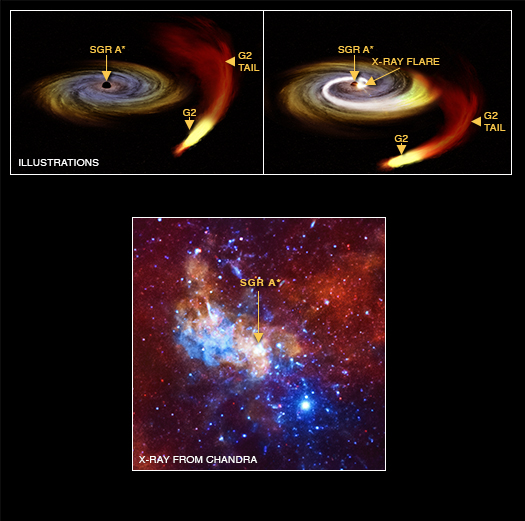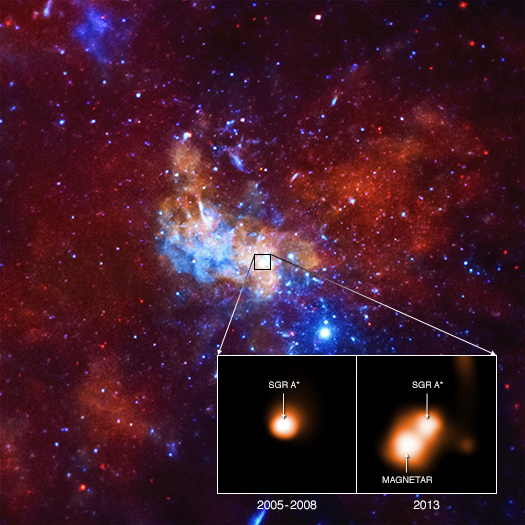2016: The Year of the Black Hole (1)
Submitted by chandra on Mon, 2016-10-03 11:07The 2016 Nobel Prize in physics will be announced in only 4 days, on Tuesday October 4th. Ronald Drever, Kip Thorne and Rainer Weiss, three founders of the detection of gravitational waves (2). They have already won multiple awards for this discovery including the Kavli Prize in Astrophysics, the Gruber Cosmology Prize, a Special Breakthrough Prize in Fundamental Physics and the Shaw Prize in Astronomy. (Kudos to those behind the Gruber Cosmology Prize and the Special Breakthrough Prize for explicitly naming the LIGO team in their awards, something the Nobel Prize award likely won’t do.)









